Ornamental Grasses That Look Incredible in Autumn
As the light softens and the garden shifts into fall, ornamental grasses truly come into their own.
They sway with every breeze, catching golden sunlight in their seed heads and adding movement just when the garden needs it most.

While summer’s flowers may have been the showstoppers, grasses take center stage in autumn, carrying color, texture, and elegance into the cooler months.

Why Ornamental Grasses Shine in Fall
Grasses don’t just fade quietly into the background—they thrive on the low-angled autumn sun.

Their feathery plumes glow in warm hues, from tawny bronze to silvery cream, giving depth and softness to any container or bed.
Unlike short-lived annuals, many ornamental grasses continue right into winter, providing both beauty and structure after the flowers are gone.
Choosing the Right Varieties
Fountain Grass (Pennisetum alopecuroides)

One of the most versatile fall grasses, fountain grass produces bottlebrush-like plumes that glow in afternoon light.
Its compact form makes it perfect for large pots or grouped in borders.
Japanese Forest Grass (Hakonechloa macra)

This low, cascading grass adds graceful movement.
The golden or variegated varieties brighten shady corners and mix well with hostas or fall-flowering anemones.
Miscanthus (Maiden Grass)

Tall and dramatic, Miscanthus produces silvery plumes that arch above the garden. It works beautifully as a backdrop to chrysanthemums or asters.
Blue Fescue (Festuca glauca)

A smaller, clumping grass with silvery-blue foliage. Great for container edges or as a neat accent plant.
Pairing Grasses with Fall Flowers
Grasses truly shine when paired with autumn blooms.
Try surrounding fountain grass with orange and burgundy mums, or let blue fescue sit alongside violas for a striking color contrast.

Ornamental kale or pansies at the base of grasses create layers of interest in container displays.
Jess once paired dwarf fountain grass with pots of golden marigolds and white mini-pumpkins at her front steps.

It wasn’t elaborate, but the effect was so welcoming that neighbors often stopped to admire it.
Caring for Ornamental Grasses

- Light: Most grasses prefer full sun, though varieties like Hakonechloa tolerate part shade.
- Water: Moderate watering, especially during establishment. Container-grown grasses need more frequent checks.
- Soil: Well-drained soil is key. Grasses dislike sitting in soggy conditions, particularly in cooler weather.
- Maintenance: Trim back in late winter or early spring before new growth emerges. Through autumn, leave the plumes intact—they add beauty even when dried.

Containers and Small-Space Uses
For gardeners without sprawling beds, ornamental grasses adapt well to pots.

Choose mid-sized containers with good drainage, and use grasses as a vertical anchor in mixed plantings.
Smaller grasses like blue fescue make perfect accents on balconies, while taller varieties create privacy screens in patio planters.

Adding Movement and Sound
One of the underrated joys of grasses is the way they move and rustle in the wind.

Their sound brings life to gardens on quiet autumn afternoons, making them feel dynamic even when flowers have faded. This movement also attracts birds, who use seed heads for food and shelter.
Extending Their Beauty Into Winter

Many ornamental grasses keep their form long after the frost. Their dried plumes catch snow or morning frost crystals, turning the garden into a natural sculpture display.
Instead of cutting them back too early, let them stand for winter interest and cut them down only when spring growth returns.
Wrapping Up
Ornamental grasses are more than background plants—they are the finishing touch that makes autumn gardens memorable.
Whether in containers, borders, or lining garden paths, they bring height, texture, and a sense of motion that ties the season together.
By choosing a few varieties and pairing them with fall flowers, you can create displays that carry beauty from now right through the cold months.



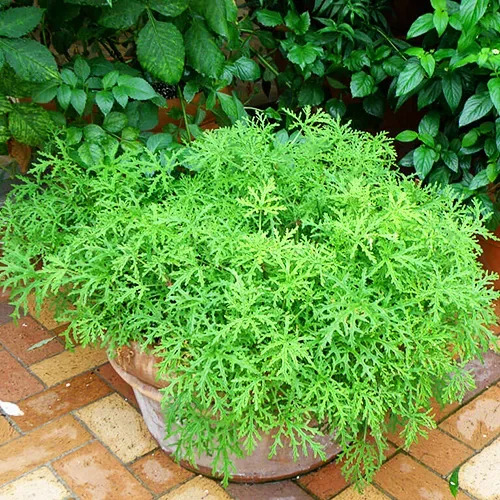
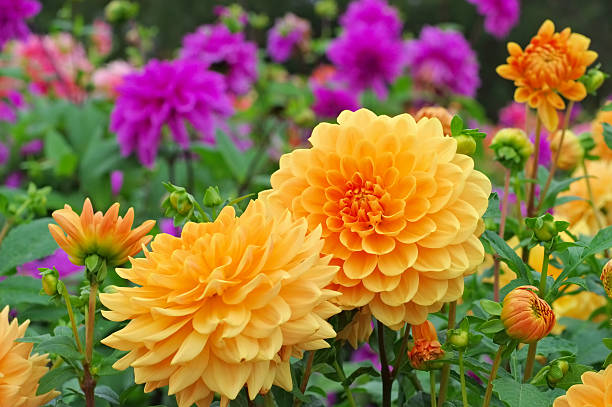
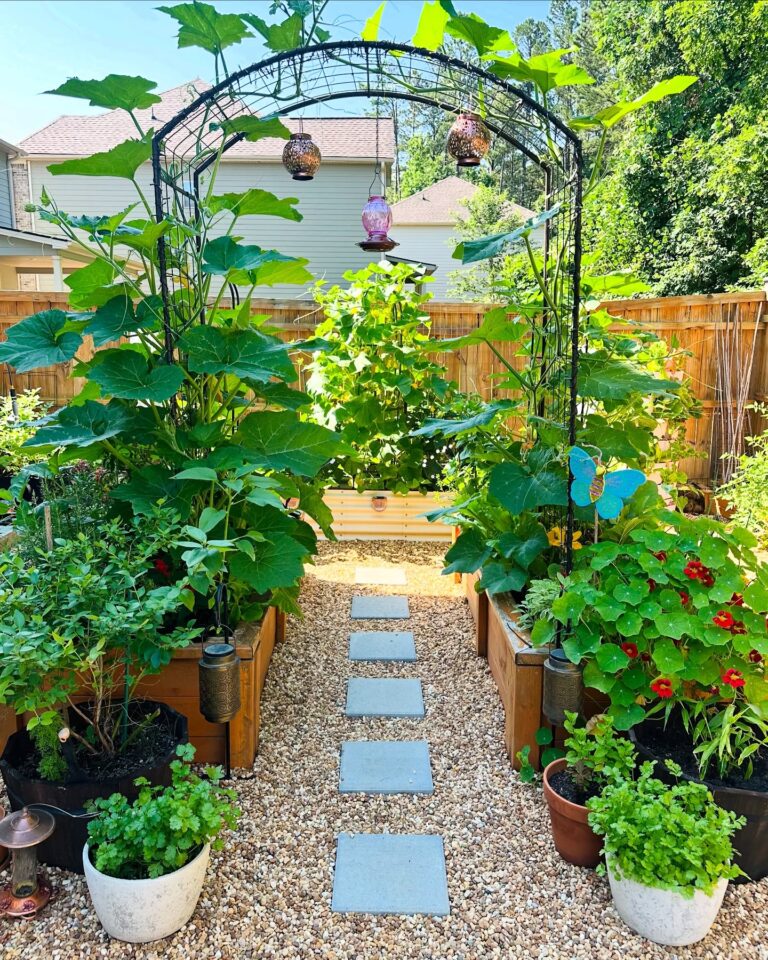

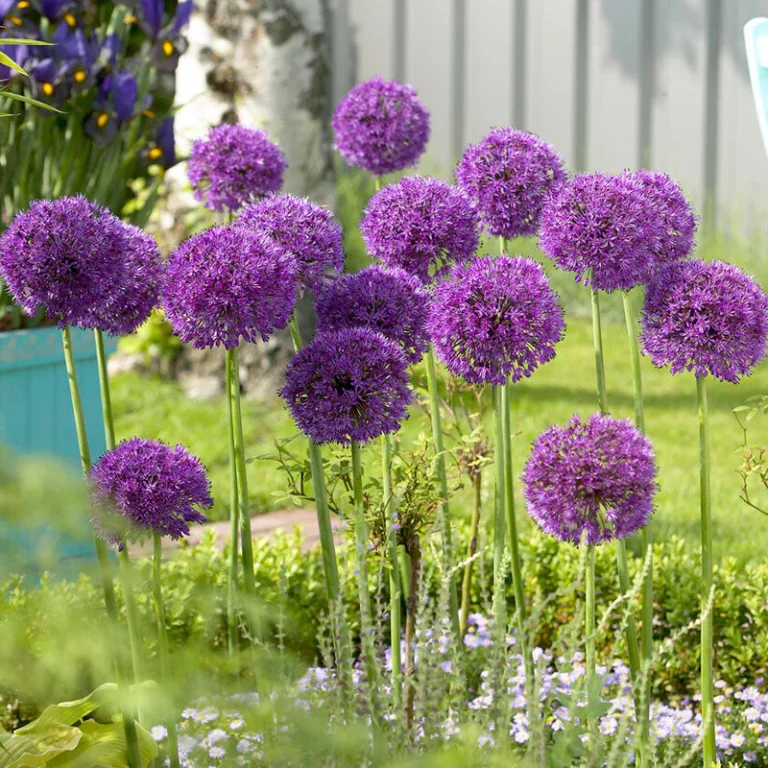
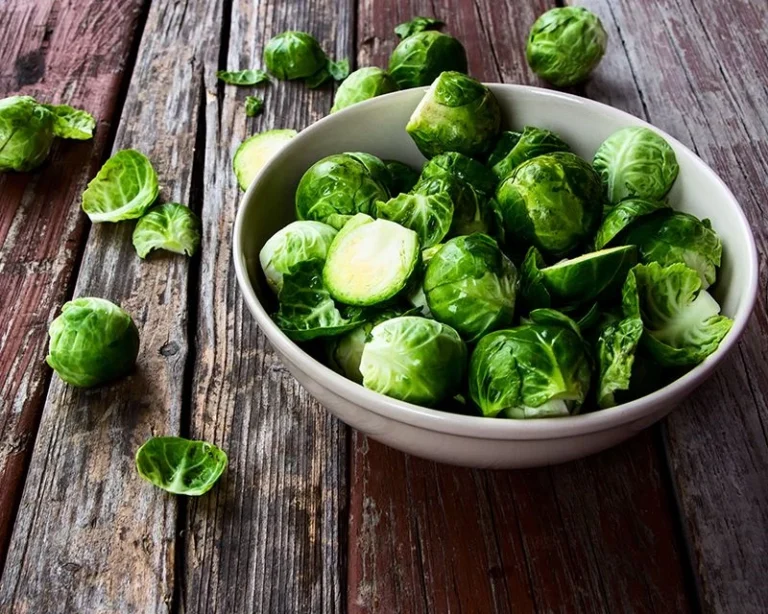
I love how ornamental grasses add both texture and warm color to autumn gardens. They’re a low-maintenance way to keep landscapes vibrant as the seasons change.